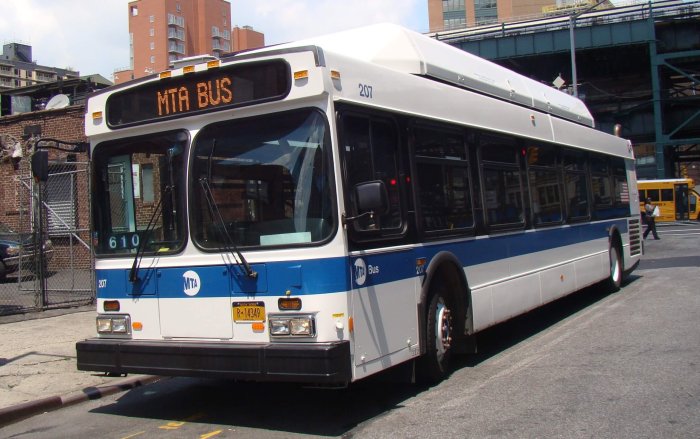By The Times/Ledger
Southeast of Maspeth you will find yourself in Ridgewood,a neighborhood that planted itself in both Brooklyn and Queens. Dutch farmers tilled the area in the seventeenth and eighteenth centuries, but the only remaining farm house that serves as memory to the past is the Onderdonk House at 1820 Flushing Ave., 456-1776. Built in 1731 in the Dutch Colonial style, it is a blend of English Georgian and Dutch styles found only in the metropolitan area and along the Hudson River. It is named after a chap by the name of Adrian Onderdonk. Ridgewood, on the other hand, was named for its high wooded terrain but for a time it was also known as Evergreen. After the Second World War a large number of Romanians (accounting for more than a quarter of all immigrants settling there), Italians and Slovenes moved in alongside the earlier German settlers. In 1983 an area-The Ridgewood Multiple Resources Area-comprising 2980 buildings was designated the largest Historic District in the nation.
Most of the handsome two and three story row houses were designed by the German architect Louis Berger. It's shopping areas still feature German restaurants though more recent Yugoslavian, Italian, Romanian, Latin American and Korean immigrants have brought their cuisines to Ridgewood as well. The area boasts several restaurants which specialize in the Alpine food of northern Italy. Shopping and eateries are found on Myrtle Avenue and adjoining roads along the way. More info: Ridgewood Local Development Corporation, 366-3806; Community Board 5, 366-1834; Myrtle Ave. BID, 381-7974.
Glendale is a neighborhood in west central Queens. Historian Vincent Seyfried gives us a thumb nail sketch: “Until the First World War many farms were sold and laid out in blocks of row houses and one-family houses. Family shops opened along Myrtle Ave., which from the 1890s until Prohibition was enjoyed for its picnic parks. After 1905 silk ribbons, matches, and airplanes were manufactured, and in the 1920s there were studios for producing silent films. A large German population was attracted in the 1930s by work available in local breweries and textile factories… then, in the 1980s the neighborhood attracted a significant number of immigrants from Romania, Yugoslavia, and Poland, as well as China and the Dominican Republic.”
More info: Glendale Chamber of Commerce, 456-2389; Community Board 5, 366-1834.


































